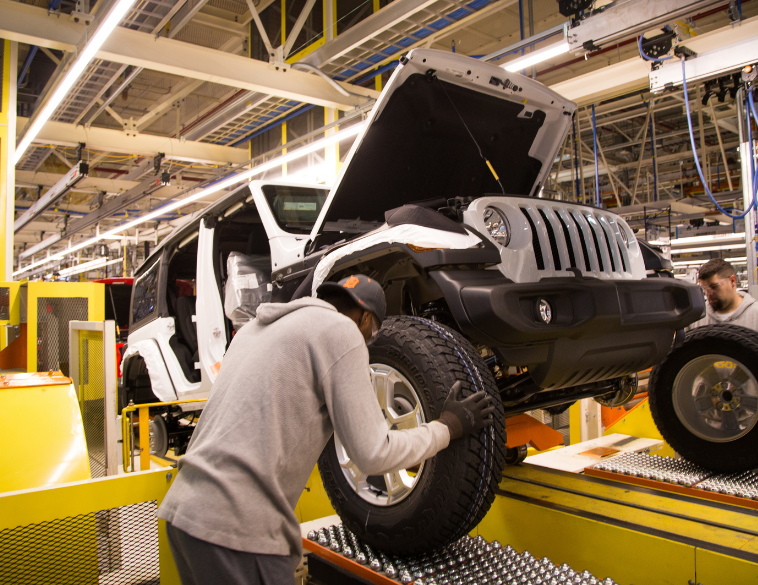Current signals point to improvements in both the new and used vehicle markets, though this is likely to take some time.
We’ve seen improvements in new-vehicle sales that began late in 2021, but as we start the journey into 2022, it’s still going to be a long climb back up to pre-pandemic levels. The bad news is that 2022 is going to be bumpy, but the good news is that it should get progressively better as the year advances, and beyond.
This outlook is based on such factors as demand, production catching up, the effect of used vehicles, and new-vehicle pricing.
Demand will continue
There is still a lot of pent-up demand for vehicles that customers couldn’t get. Surveys show that Canadians expect to increase their spending by 4.7% over the next twelve months, including on durable goods such as vehicles.
Labour shortages are putting pressure on wages, and income has grown robustly. Rising interest rates will create some headwinds, but overall, consumer desire for a vehicle, and the ability to pay for it, should drive an expansion in auto sales.
Production must catch up
The initial shortfalls in production were primarily about microchips, but the complications are now far more broad-based across the supply chain. Shipments for many essential materials were affected by transportation issues with container ships, ports, and land transportation. Many companies are also reporting labour shortages, due to employees becoming ill with the Omicron variant—an issue at many dealerships as well.
North American auto production rose to slightly less than 13 million vehicles in 2021, more than in 2020 but well below the 16.2 million made in 2019. Production is expected to rise in 2022, but only to a projected total of 15.3 million vehicles, continuing to trail demand.

Used vehicles will remain scarce
In 2021, used-vehicle sales reached their highest peak in 15 years in the U.S. (where we have data at this point), despite elevated prices and reports that many vehicles had more wear-and-tear than usual. It’s a combination of several factors, including consumers hanging on to their vehicles longer, or turning to used when they couldn’t get new; and fleets delaying purchases of replacement vehicles, sending fewer of their old ones into the secondary market.
Supply should improve slowly over 2022, roughly in line with our expectations around new-vehicle inventory, but the quantity of pre-owned vehicles will likely remain relatively tight in 2022. If their prices come down, we can expect the ones available to be snapped up. In both Canada and the U.S., the supply of used vehicles will take time to recovery gradually as new vehicle inventory is rebuilt.
Prices will remain high
The average price of a new vehicle in the U.S. climbed astronomically in 2021, with estimates as high as 20% year-over-year. Used-vehicle prices skyrocketed by 26%. Given that we expect supply chain issues and labour shortages to continue, we should continue to see elevated prices for new vehicles in 2022. Used car prices may stop escalating or even soften but will likely remain elevated, possibly presenting affordability issues for some as the economy starts slowing.
The verdict
Although 2022 will be challenging, we believe the demand for new cars isn’t going to go away soon. If the supply to dealers is consistent, we expect 2023 and 2024 to hit positive sales numbers. Things are still difficult now, but there are better days ahead.
Rebekah Young is Director, Fiscal and Provincial Economics at Scotiabank.



